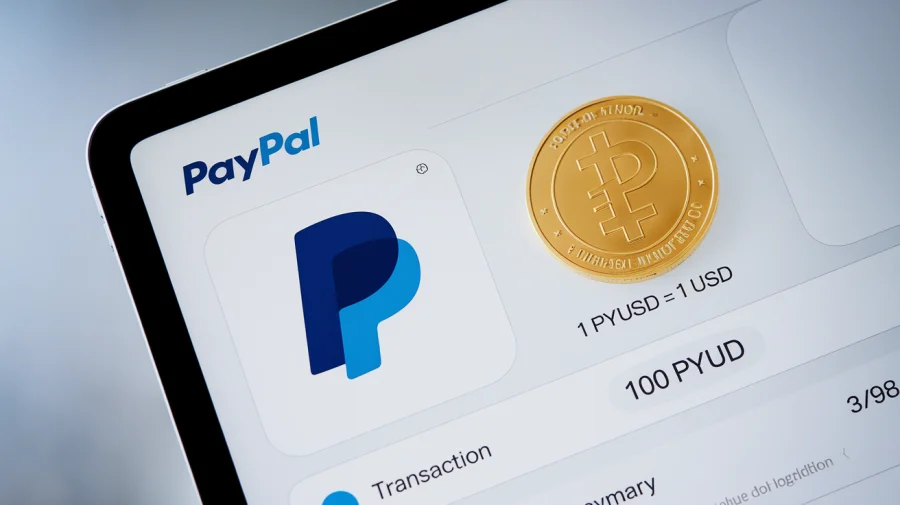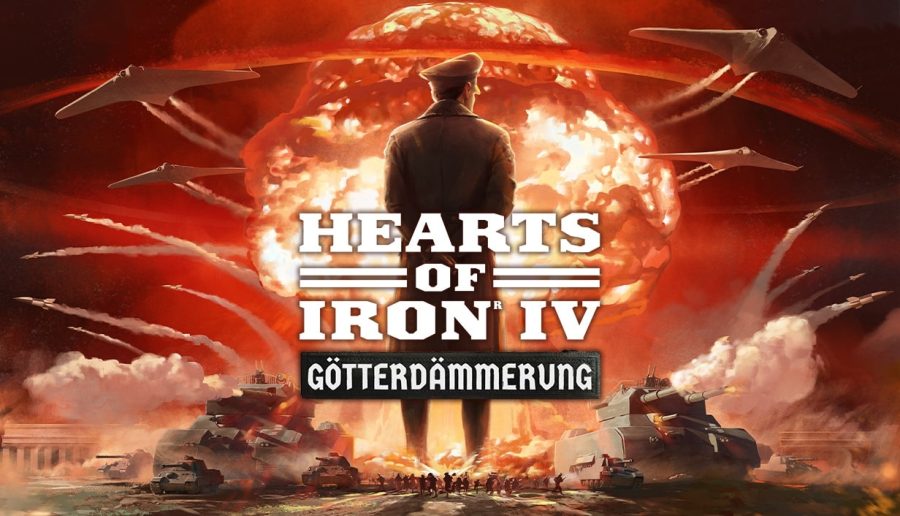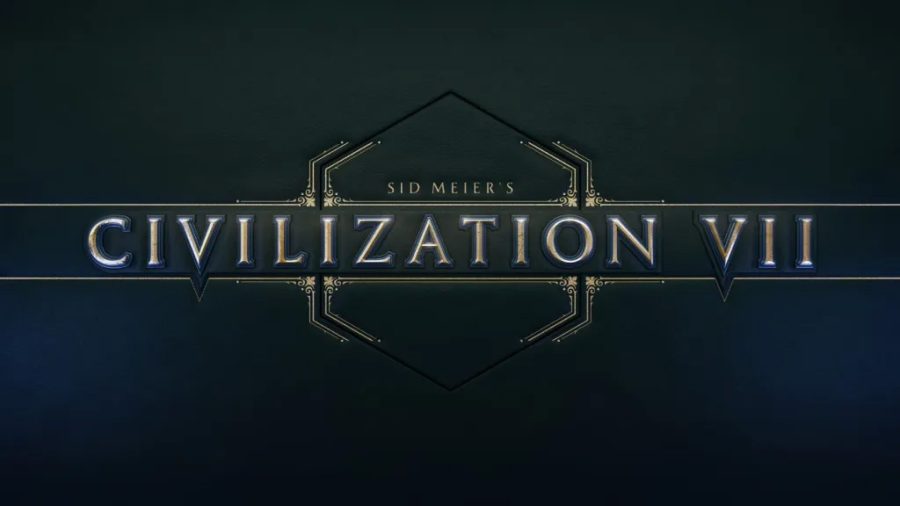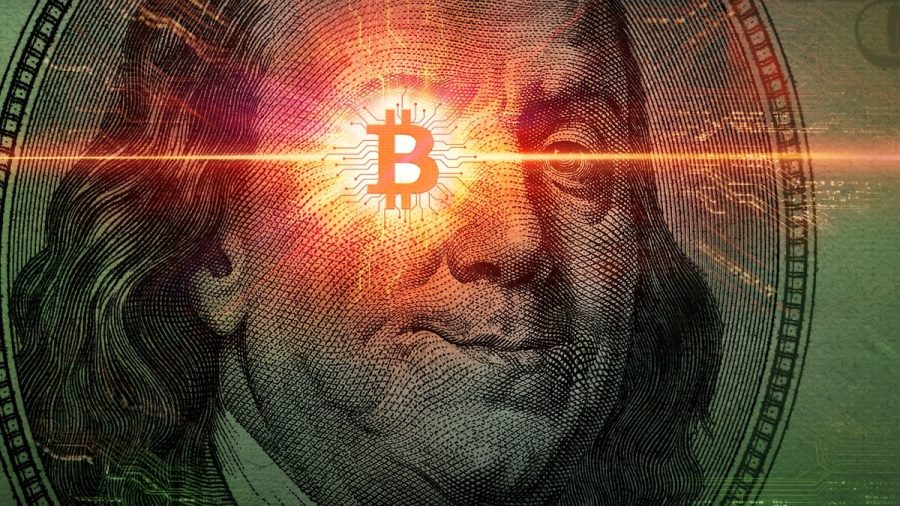When I finished The Platform 2, I was a) entertained and moved, and b) deeply confused. I realised I’d need to go back and rewatch the original to have even a chance of unpacking the movie.
Well anyway I’ve now done that, and I’m happy to report I’m almost exactly as confused as I was originally. But I’m going to have a go at trying to break it all down anyway.
From a recap of the final scenes to some theories about those children playing on that slide, here’s an (attempted) ending explainer for The Platform 2.
What’s The Platform 2 about?
The Platform 2 is set in the same universe as the first film, and it mostly takes place in the same nightmarish vertical prison. The basic concept is the same, too: Each day a platform filled with food descends cell-by-cell from top to bottom. Technically there’s enough food for each level, but only if people stick to eating the one food item they requested before entering the prison. The problem is, they don’t.
Unlike the dog-eat-dog free-for-all in The Platform, though, the second movie introduces a different era in the prison. Cellmates have come up with a strict system to ensure as many people eat as possible: You only eat your own food, and nothing else. Anyone who breaks “the law” is punished.
What happens at the end of The Platform 2?
The more time Perempuán (Milena Smit) spends in the prison, the more she learns just how brutal this “law” is. At first she takes part in it, then works to enforce it, and then — when she falls victim to an arbitrary punishment at the hands of dictatorial leader Dagin Babi (Óscar Jaenada) — she begins to rail against it.
Credit: NICOLAS DASSAS/NETFLIX
Instead of staying in the system, Perempuán decides to use the escape plan of her dead cellmate (Natalia Tena), who told her that the people running the prison use a variant of sevoflurane gas once a month when the cells are rearranged. “When we smell the gas, that’s the moment,” she said. “If everything goes well, they’ll think we’re dead. But we’ll wake up. We’ll let them take us out from the top, with the corpses, and then…we’ll have to improvise.”
After killing Babi and his supporters, Perempuán swallows a piece of material that appears to act like some kind of breathing filter — it chokes her unconscious, but she wakes again during this end-of-month changeover, while the prison is suspended in anti-gravity and swarming with guards. Tied in a mass of corpses being taken to the bottom of the pit, Perempuán sees a child who’s been placed in the very bottom cell, number 333. She decides to risk her own life to save him.
How does The Platform 2 connect to the original?
One of the first big twists in The Platform 2 comes with the arrival of a familiar face: Trimagasi (Zorion Eguileor), who appears in the original movie as the first cell mate of main character Goreng (Ivan Massagué). In The Platform Trimagasi has already been imprisoned there for nine months. At one point he tells Goreng that he started on level 72, which is where we find him and Perempuán when she wakes up after her previous cell mate is killed by Babi.
The immediate implication? The Platform 2 isn’t a sequel, but a prequel. Based on the timeline Trimagasi gives Goreng in the first film, this means the events of the second film start around a year before those of the original.
The connection to The Platform doesn’t stop there, either. Right at the very end of The Platform 2, as the end credits are rolling, we see a shot from the first movie: Goreng and Trimagasi speaking to each other in the endless darkness beneath the platform’s lowest level. In the final moments of the The Platform 2, Goreng turns when he hears Perempuán’s voice.
“You,” she says. “What are you doing here?”
The two embrace, and she has tears in her eyes. It’s clear they knew each other on the outside of the prison. The implication, perhaps, is that Goreng was the partner that Perempuán mentions in her story of life before the pit.
Does Perempuán survive?
It’s not made explicit, but it seems almost certain that Perempuán is dead at the end of The Platform 2. During her attempt to save the child she continuously hits her head against the side of the concrete prison while trying to float upwards, losing a lot of blood on the way.
In the movie’s final sequence, she descends with the child into the black depths below the pit, where other dead characters are waiting to greet her.
Credit: NICOLAS DASSAS/NETFLIX
“Only they can go up,” a woman tells her, referring to the child. “Your journey is over, but he will have another chance.”
Given that Perempuán’s other dead cellmate Zamiatin (Hovik Keuchkerian) is down there too, it seems implied that the black void below the prison is a metaphor for death. In real life, we can assume Perempuán died while floating upwards through the prison. But her mission to save the child, and atone for past sins, was successful.
What’s the deal with the children playing on the slide?
Dotted throughout The Platform 2 are sequences in which children play on a kind of stone pyramid with steps and a slide. At first the play is structured and organised, then it descends into tears as the children struggle for control. Finally they fight and claw at each other to try and make it to the top of the pyramid. The child that reaches the highest point is the one that gets taken away by two adults, and later placed into cell 333 by the people who work at the prison. This is the little boy that Perempuán saves.
In the original movie, Goreng also finds a child at the very bottom of the prison. Like Perempuán, he saves the child’s life, later referring to her as a “message”.
So what exactly is the deal with these children? Why are they being placed into the pit’s lowest level? And are they even real, or just a hallucination?
Obviously this bit is up to interpretation, but if we had to guess we’d say the children on the pyramid act as a metaphor for the prison, which in turn acts as a metaphor for society. The prison in The Platform 2 starts off with some semblance of structure before descending into chaos; so too do the children playing on the slide. And ultimately, even though they’re all struggling to climb the pyramid, there’s no real reward awaiting them — in fact, for the child that reaches the very top, it’s the opposite. Like the prison system itself, the message here seems clear enough: Societal power structures are inevitable, and also incredibly damaging.
Which is all very well and good, but do these children actually exist? Are they really being put in the prison, or are they part of the other characters’ dying hallucinations? At the end of the first film, this is harder to say for sure. By the time Goreng finds the little girl he’s badly hurt, and it’s possible she’s only really there in his mind. The Platform 2, however, seems to suggest — mainly through what Perempuán sees when she regains consciousness during the prison changeover — that children really are being taken and placed in level 333. Why, though? What’s the purpose of the prison placing them there, especially at a level where they have barely any chance of survival?
Perhaps, in the twisted logic of the pit itself, the children are there to offer some form of possible redemption for the prisoners. It seems implied in The Platform 2 that adults that go into the pit rarely, if ever, actually leave. But maybe in providing them with an innocent life to save, the pit is offering them an escape from their own internal prisons by giving them something to die for?
The Platform 2 is streaming now on Netflix.




















